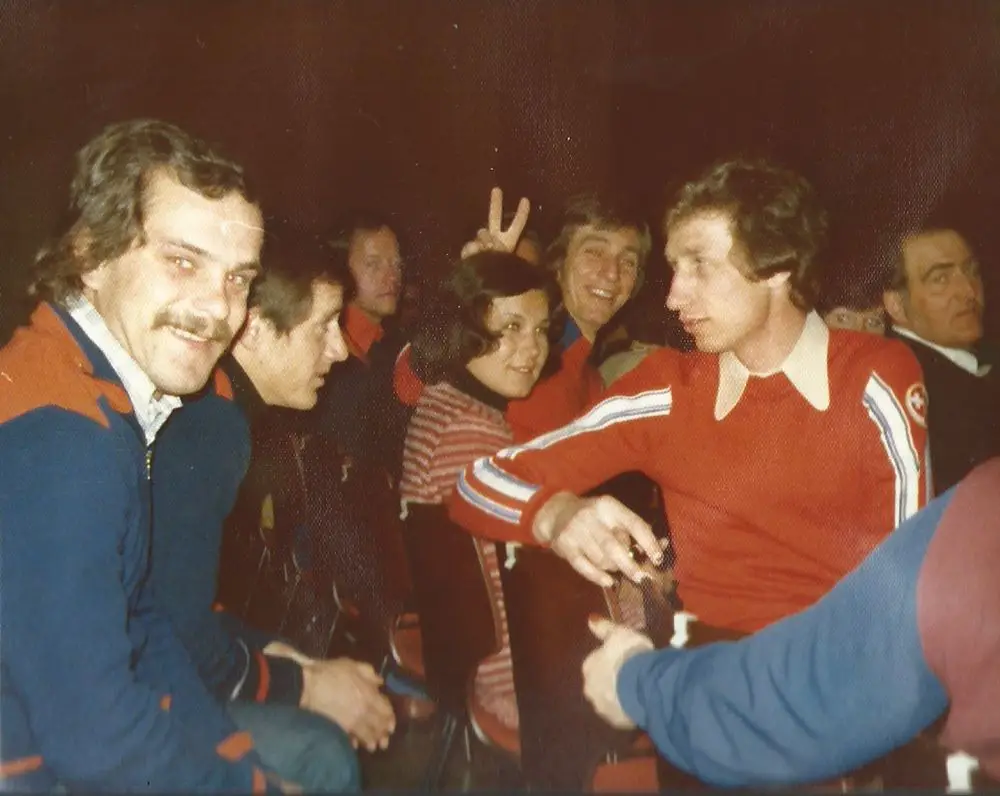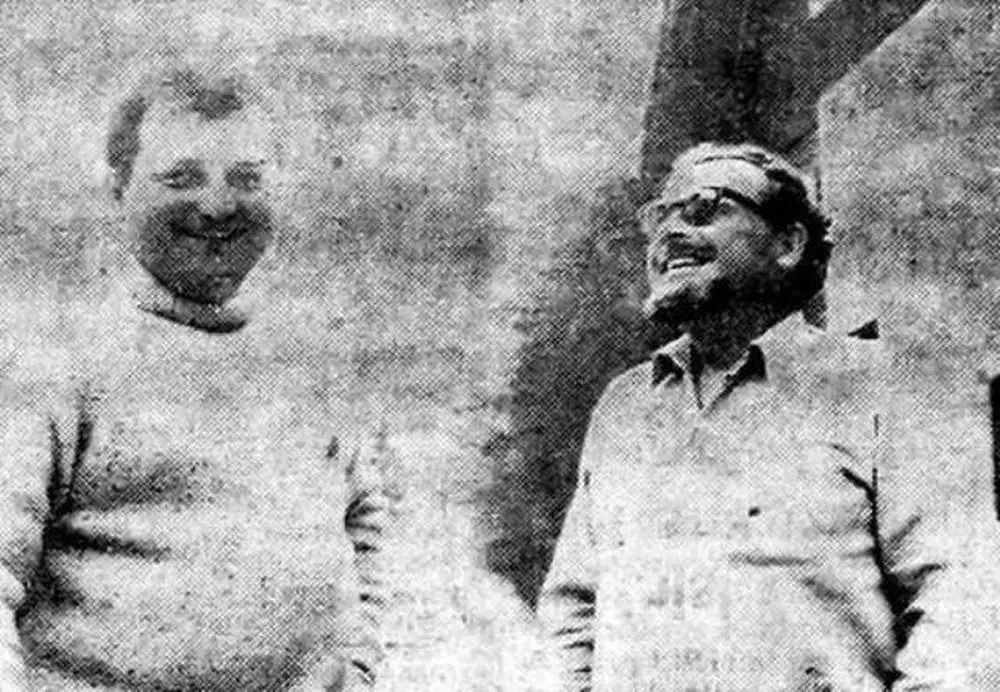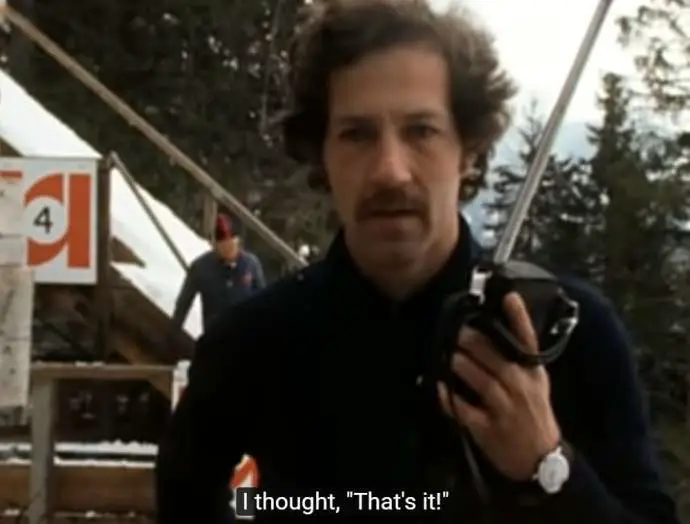March 22, 2019
Breaking records is an important part of ski flying competitions, and breaking the world record has presented a particular challenge not only to the athletes, but to the hill engineers and event organisers as well.
There are five large ski flying hills that have played a major role in the sports’ development since the 1950s.
The five ski flying hills
Kulm hill in Austria, built in 1950, further upgraded in 1953, 1986 and 2015, was a site of world record flights in 1962 (141 metres), 1965 (145 metres; both jumped by Peter Lesser) and 1986 (191 metres by Andreas Felder). The current record of the hill stands at 244 metres by Peter Prevc, set in 2016.
Heini Klopfer hill in Oberstdorf, Germany, named after the hill’s architect, Heini Klopfer, was also built in 1950 and then upgraded in 1972, 1997 and 2017. After its first upgrade the hill was the chief rival to the Gorišek Brothers’ hill in Planica, and the hill record race that ensued between the two in the 1970s also sparked the first serious safety concerns and calls for tighter regulation and control by the International Ski Federation. Heini Klopfer hill in Oberstdorf was a site of a series of world record flights from 1950s to 1967 and then from 1973 into the mid-1980s. No new world records were broken in Oberstdorf after Planica took over as the site of world record jumps in 1987 and Vikersund took over from Planica in 2011. The current hill record in Oberstdorf was set at 238.5 metres by Daniel-André Tande in 2018.
Gorišek Brothers hill in Planica, Slovenia, named after the hill architects Janez (1933 -) and Lado (1925 – 1997) Gorišek. Today Janez is considered as the World’s no. 1 expert in ski flying engineering and the main man behind the renovation of the currently world record dominating hill in Vikersund. The flying hill in Planica was inaugurated in 1969 with a series of world record flights. It was upgraded in 1979, 1985, 1994, 2000, 2003, 2005, 2010 and 2013/15. Starting with Piotr Fias’ 194-metre world record in 1987, Planica completely dominated as the location for world record jumps site for 24 years until the most recent renovation of the Vikersund hill in 2011. The last world record on this hill was set by Bjørn Einar Romøren, at 239 metres, in 2005, and the current hill record was marked at 252 metres by Ryoyu Kobayashi in 2019.
Vikersundbakken or Vikersund hill in Norway, the current world record holder, was already built in 1936 but has only been categorised as a ski flying hill since its 1966 upgrade. Like the rest of the ski flying hills, Vikersund has undergone several renovations since, notably the most recent one, that involved a complete rebuild of the in-run and was overseen by Planica’s main architect, Janez Gorišek. This renovation meant the end of Planica leadership in world record jumps and installed Vikersund as the place where the last six records were set, with what today remains the longest jump ever made on skis, at 253.5 metres by Stefan Kraft in 2017.
Četrt’ák hill in Harachov, Czech Republic, joined the race in 1980 and earned an early reputation of being dangerous to jump from, mostly due to strong cross winds that are present at the site. Two world records were obtained there, one in 1980 (Armin Kogler, 176 metres) and the second one in 1983 (Pavel Ploc, 181 metres). The hill underwent some renovations in the years between 1989 to 1992, nevertheless another rather famous fall occurred in 1992, with Andreas Goldberg crashing onto the slope from the highest flying point of his jump. With changes in equipment and flying technique, however, ski flying presents less danger to jumpers even in Harrachow, where the current hill record was set at 214.5 metres by Matti Hautämaki in 2002 and repeated again by Thomas Morgenstern in 2008. In 2011 Jurij Tepeš crash-landed at 220 metres, although if you are not standing on your feet at landing then this does not count as a successful jump, and therefore cannot count as a world record either.
Record Breaking vs. Safe Landing
Although ski flying safety has improved significantly in the last few decades, the question of “how far is still safe?” remains, which is quite evident from the video above, due to the levelling off of the slope towards the bottom of the hill.
The big debate about safety emerged in the 1970s amid the rivalry between Planica and Oberstdorf. In 1974 the debate also reached its peak artistically with a Werner Herzog documentary about Walter Steiner’s safety concerns at the 1974 flights in Planica.
The film depicts Walter Steiner at the top of his career in a season in which he was beating his entire competition in double digits by length of his jumps. The world record holder at the time was Heinz Wossipiwo, with 169 metres jumped in Oberstdorf in 1973, when Steiner crash-landed twice, at 175 and 179 metres. Steiner’s concerns in the movie mostly revolve around the organisers’ lack of safety considerations in Planica that year, as they appeared to be more concerned with the possibility of a record than basic safety of the jumpers. “I feel I’m in the arena with 50,000 people waiting to see me crash”, Herzog reports him saying in the film.
At about 20:52 in the film above, just after Steiner’s crash landing at 177 metres, a jumper with a starting number 1 appears in the background, warming up for his second jump. The jumper’s name is Janez Loštrek, father of the author of this article, so we seized the opportunity and asked him to comment on his colleague’s struggles from that year.
He told us that although the push for a record existed at all hills at the time, the problem Steiner was facing in 1974 in Planica was a new one. Whether or not his struggles in Planica could be related to his two record crash-landings in Oberstdorf in the previous season, Loštrek doesn’t know because his first ski flying season was only in 1974 in Planica.
Regulations and the composition of the match organising committees also gradually changed in favour of better safety controls, along with advances in technology with regard to monitoring and scoring of the jumps. The issue of adjusting the in-run length to the capabilities of an individual jumper is not a problem anymore, as it can be shortened today on request by a coach with an appropriate score adjustment of such a jump, but in the 1970s this wasn’t yet possible.

In the 1974/5 season, the International Ski Federation (FIS) tried to address the issue of jumpers in top form by introducing a separation of the first 15 from the practice day, sending them to a lower in-run point on the day of the competition without the possibility of the rest of the competitors who were jumping from a higher point to take any of the first 15 places, in effect creating two separate competitions. The system didn’t last long, as practice jumps don’t necessarily tell much about someone’s ability on the actual competition day. Note that the only practice time for jumpers at the flying hills is usually on the first day of the ski flying event, because the flying hills are only prepared for jumping for the time of competition.
Safety in ski flying was further improved with the introduction of the FIS Ski Jumping World Cup in the 1979/80 season, bringing in more external regulation and control, further limiting the possibility of the events depicted in the movie above. Also, the equipment changed, with helmets and high boots, while the skis became lighter and a mechanism was developed that kept them from flipping over in bad weather. The whole system was improved, but with new solutions come new problems. Since the introduction of V-style jumping in the 1990s, the weight of a jumper plays an important role, something that has already been addressed by regulations on ski length to avoid harsh dieting by more heavily built jumpers. This rule is currently under debate to be even tighter, as weight control seems to still be too great of a factor for some of the jumpers, who could instead be focusing on the athletic aspect of the sport.

Meanwhile, Janez Gorišek (1933 -) and his youngest son Sebastjan, Janez’s main partner in latest designs of the world’s two largest hills, Planica and Vikersund, are already looking ahead, for solutions for a 300-metre flight. “The development of ski jumping never stops, so the engineers cannot stop either. This is also my view on the current duel between the hills in Vikersund and Planica. The profiles of the both were designed by Sebastjan and I. We also advised the Austrians in Kulm. However, the Norwegians are most in favour of our views. Apparently we also need each other most. We are both inclined to new goals and together we are the strongest,” said Janez Gorišek in a recent interview for Delo.






